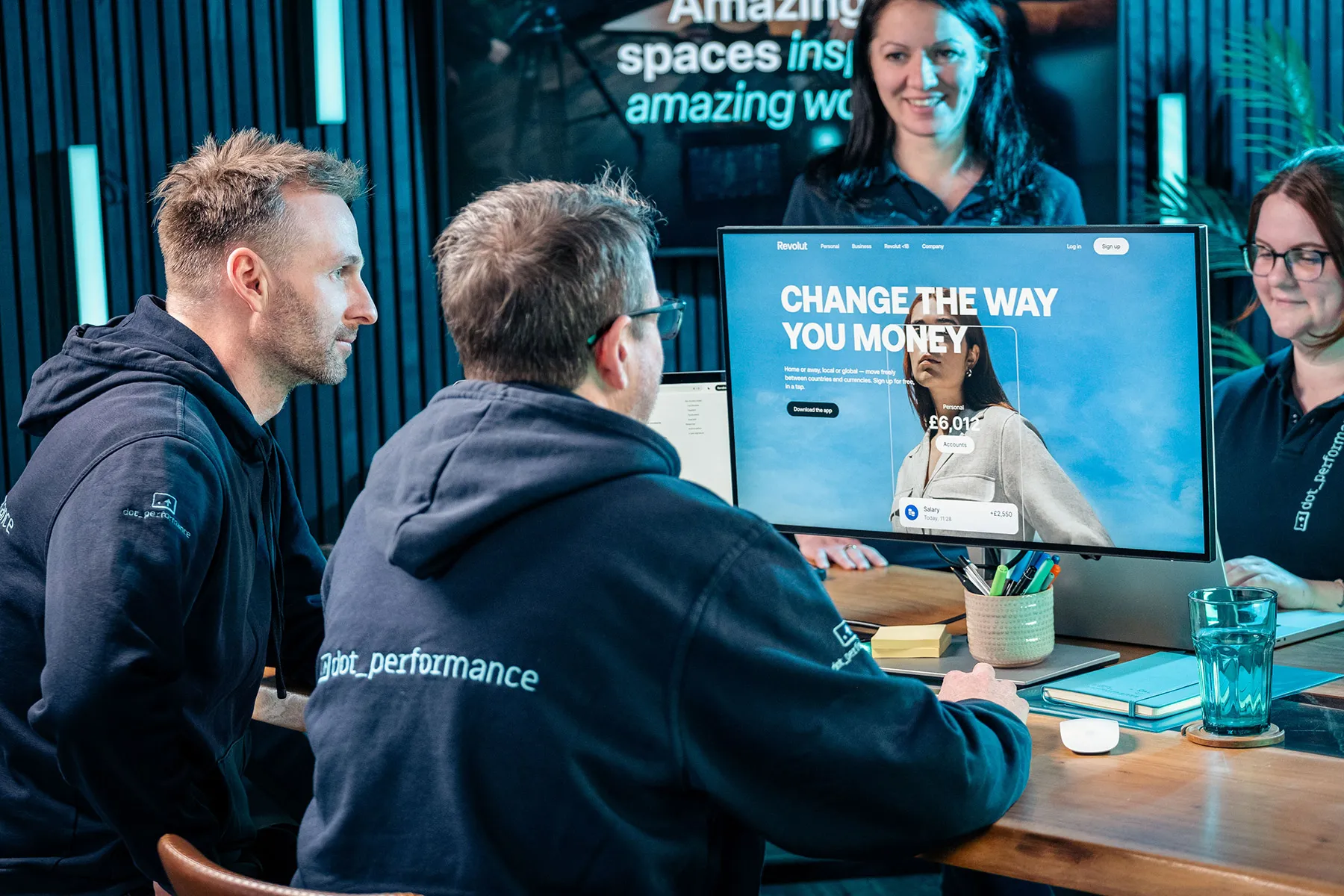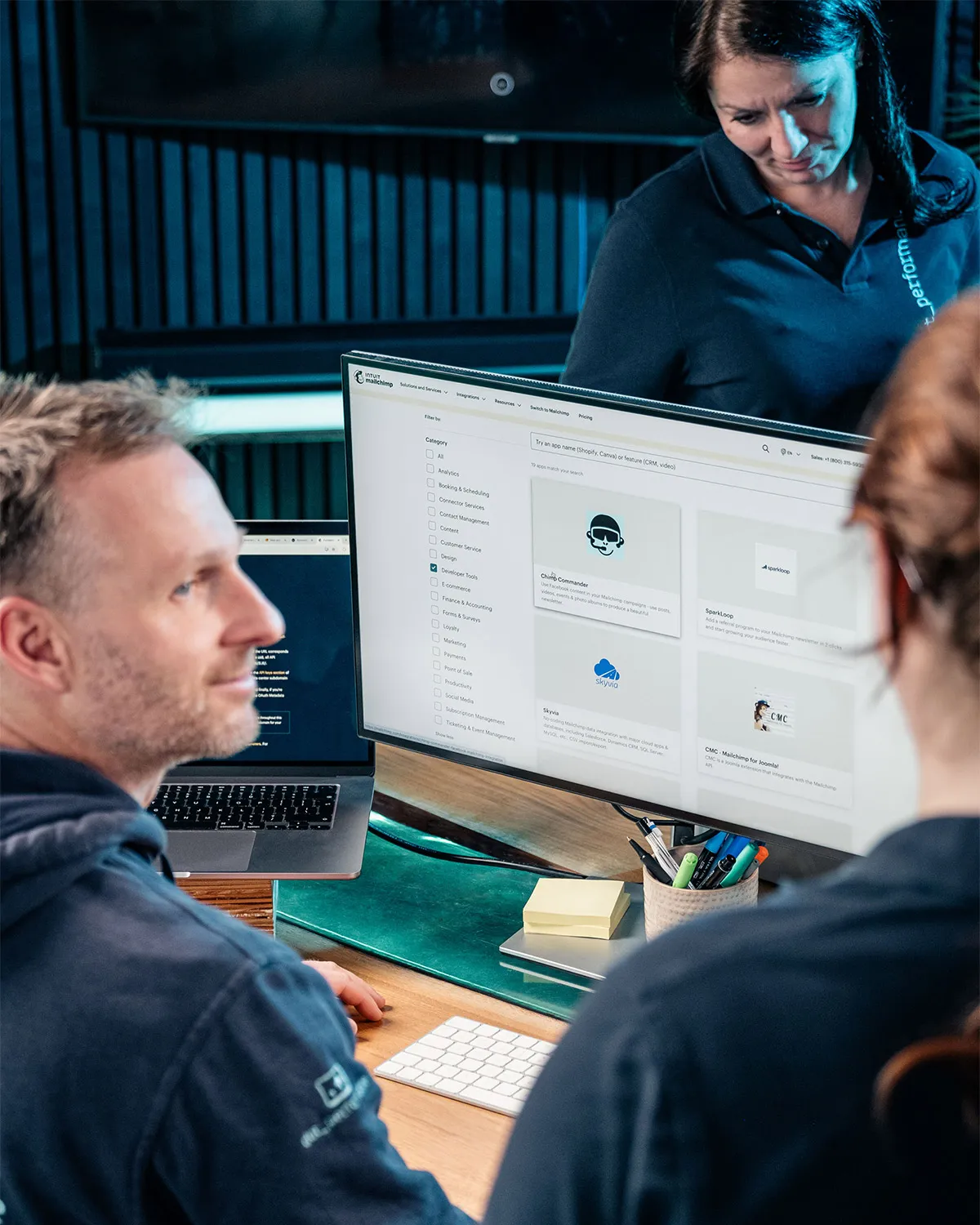API Integration
Picture this: You want to give your customers one seamless experience. Let's say you're a major football team. Your fanbase wants one app they can sign into once - whether on iPhone or desktop.
Within that single app, they want to:
- Sign in with their Facebook login or Google login
- Buy match tickets (via Ticketmaster)
- Purchase merchandise (via Shopify)
- Read club news (via Strapi)
- Check match results (via Premier League feeds)
- Book stadium tours (via your legacy booking system)
- Watch match highlights (via Vimeo OTT)
- And behind the scenes, all those purchases need to sync with the accounts package (Xero).
Complex, right? That's what we do.
But what about your internal systems?
Picture this: You're an insurance broker. Every time a new policy is sold, your team needs to:
- Create the customer in your CRM (Salesforce)
- Set up their policy in your broker system
- Generate documents from your template system
- Send them to your e-signing platform (DocuSign)
- Create their customer portal account
- Set up payment schedules in your billing system
- And make sure everything syncs with your accounts (Quickbooks)
Currently, that's hours of manual work but with a well integrated tech stack, it can happen automatically in seconds.
The average organisation juggles 291 different apps [Okta, 2023]. Each one great at its job, but isolated. When systems don't talk to each other, you waste time on manual data entry, risk errors, and could lose about £400,000 a year through inefficient processes [MuleSoft, 2023].
We fix that. Whether it's customer-facing apps or back-office automation, we connect your systems so they work as one. Bank-grade security. Real-time syncing. No more copy and paste.














